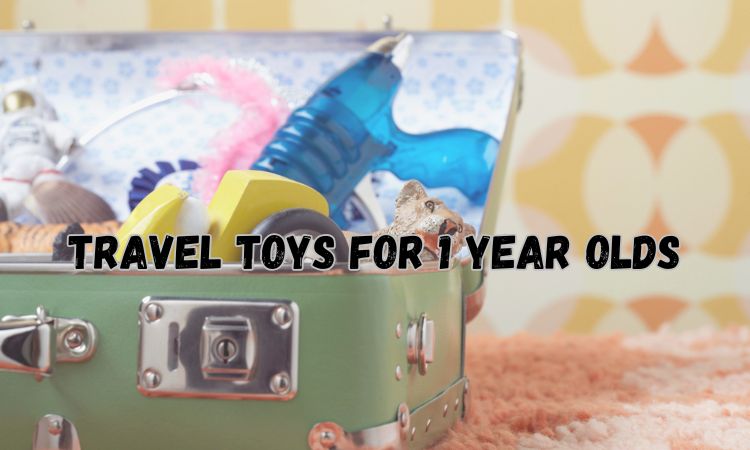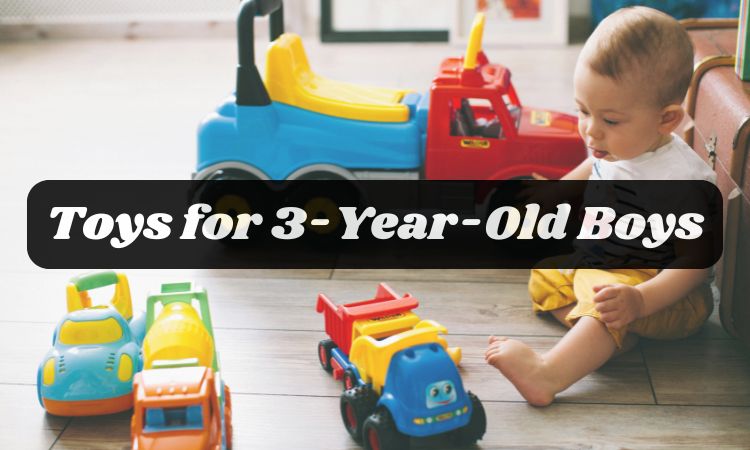Recreating the tight sensation of the womb, swaddling is vital for parents to calm their children. Knowing how to swaddle a baby correctly helps to lessen startle responses, improve sleep, and bring comfort. Your baby's well-being depends on mastering the proper method and safety policies. This post will walk you through how to swaddle a newborn safely.

Why Swaddle a Baby?
Swaddling is an efficient and soothing technique widely advised for helping babies feel comfortable, peaceful, and relaxed. Wrapping a newborn tightly in a blanket simulates the warmth and mild confinement of the womb, smoothing their passage into the world and promoting deeper, more peaceful slumber. Swaddling also greatly lowers the startle reflex, a natural response in which infants rapidly thrash their arms and legs, usually waking themselves.
Step-by-Step Guide: How to Swaddle a Newborn Properly
Wrapping a baby in a swaddle can calm, protect, and comfort them. Follow these instructions on how to properly swaddle a newborn:
● Step 1: Prepare the Blanket
Lay a thin swaddling blanket on a flat surface in a diamond shape. Fold the top corner down to create a straight edge.
● Step 2: Position Your Baby
Place your baby on their back with their shoulders aligned just below the folded edge of the blanket. Their head should remain above the fold.
● Step 3: Wrap the First Side
Gently position your baby's right arm alongside their body. Take the right corner of the blanket and pull it across their body, tucking it snugly underneath their left side and back.
● Step 4: Secure the Bottom Corner
Fold the bottom corner of the blanket up over your baby's feet. If necessary, adjust or fold the fabric to keep it from covering your baby's face.
● Step 5: Wrap the Second Side
Gently position your baby's left arm alongside their body. Pull the left corner of the blanket across their body and tuck it under their right side.
● Step 6: Check for Safety and Comfort
Ensure the swaddle is snug but not too tight. You should be able to fit two to three fingers between your baby's chest and the blanket. The baby's hips should remain flexible and free to move — this helps prevent hip dysplasia.
● Step 7: Swaddling With Arms Out
You will be interested to know how to swaddle a newborn with arms out, letting them move their arms freely. Wrap the blanket over your baby's chest and torso, leaving their arms free. Do this if your child is comfortable with their arms out.

When to Swaddle Your Newborn
Knowing how to swaddle a newborn for sleep can greatly improve your baby's rest and help to lower startle reflex-related disturbances. Helping them sleep naturally can support their growth. To create a consistent sleep pattern, swaddle your baby throughout naptime and nighttime, enabling them to feel secure and comfortable.
During times of fussiness or colic periods, swaddle your baby. It is often calming, even for the most grumpy babies, as the tight wrap produces a womb-like feeling of security.
Consider swaddling your baby following medical treatments, including immunizations. Swaddling's mild pressure and warmth can ease pain and enable your infant to relax more quickly.
When to Stop Swaddling Your Baby
Your baby's attempt to roll over is the clearest indication that swaddling should end. Usually, this occurs between two and four months. Swaddling becomes risky once your baby can roll since it raises the danger of suffocation should they turn onto their stomach, still firmly wrapped.
Your infant may be ready for more freedom of movement if they consistently break out of the swaddle or resist it during sleep. Another indication your kid is ready to go is that you could find them sleeping better with one or both arms free.
You do not have to completely stop swaddling. Instead, transition them slowly. While still tightly encircling their torso, start by swaddling the infant with one arm out, then both. You may finally switch to a wearable blanket or sleep sack that offers some comfort and warmth yet lets complete movement. Your infant will be able to adapt without interfering with their sleep pattern by changing slowly.

Common Swaddling Mistakes to Avoid
Swaddling can be a great tool to comfort your baby, but it must be done correctly. Avoiding a few common mistakes ensures your newborn stays safe, snug, and happy.
Wrapping Too Tightly
Swaddling your baby too tightly, especially around the chest and hips, is a big error. A tight swaddle can limit respiration or cause hip problems. Make sure your baby's hips and legs can move freely and that two to three fingers can fit between the blanket and his chest.
Letting the Blanket Cover the Face
The swaddling blanket should never reach your baby's lips or nose. This risks asphyxia. Your baby's head and neck should always be exposed while the wrap is securely at shoulder level.
Using Thick or Overheating Materials
Swaddling can overheat babies, especially if the fabric is excessively thick or they're overdressed. Use cotton or muslin for breathability. Check for overheating symptoms such perspiration, flushed cheeks, and quick breathing.
Skipping Safe Sleep Practices
Safe sleep recommendations are not replaced by swaddling. Your infant should sleep on their back in a crib without loose blankets, pillows, or toys. Swaddling shouldn't replace good sleep practices.
Swaddling is even more comforting when paired with smart tools like an Alilo AI toy.The Honey Bunny adds comfort to swaddling with soothing nature sounds, gentle night-light ears, and a 30-minute auto shut-off. It's lightweight, durable, and easy to use with twist-tail volume control. A perfect sleep companion to help your baby relax while wrapped snugly and securely.
Is It Okay Not to Swaddle Your Newborn?
Choosing not to swaddle your baby is alright. Although swaddling has advantages, like improved sleep and less startle reaction, not every infant likes being wrapped. Some newborns prefer to sleep with their arms free or with more room to move, while others may complain or appear uncomfortable when swaddled. There's no need to push it if your infant seems happy and sleeps well sans a wrap.
Parents should decide what best suits their kid. Swaddling is significantly less crucial than safe sleep practices. These practices include putting your baby on their back in a crib devoid of loose material. You can also look at sleep sacks that don't limit the arms or wearable blankets. The secret is to observe your baby's signals and follow their comfort and developmental stage to know if you should swaddle or not.
Conclusion
Learning how to swaddle a newborn can significantly help your infant sleep soundly. Done properly, swaddling offers comfort and promote safe sleep practices. Following the appropriate technique and stopping swaddling whenever your infant shows indications of rolling are both crucial. It also pays to have tools like Alilo's AI rabbit to help your baby sleep while swaddling them.
FAQs
Is it OK to swaddle a newborn at night?
Swaddling a newborn at night is safe if done properly. Reduced abrupt wake-ups can help your infant sleep longer and better. Parents should watch for overheating or restlessness and avoid overdressing the infant under the swaddle. Make sure the blanket doesn't move during sleep by properly securing it when you lay your baby down to their bed after swaddling.
How to correctly swaddle a newborn?
Lay a blanket flat with one corner folded to swaddle properly. Put your infant on their back, head up. One side across their body, tuck it under, fold the bottom up, then wrap the other. The wrap should be snug around your newborn while they sleep, but allow for their hip and chest to extend.
Is it safe to swaddle a newborn?
Swaddling babies safely requires precise technique and monitoring of their development. You should facilitate hip and leg movement while you hold them tightly. Do not use weighted blankets or tight wraps as these can make your infant hot and uncomfortable. It is no longer safe for your newborn to swaddle when they start to roll on their own.








Share and get 5% off!
Simply share this product on one of the following social networks and you will unlock 15% off!